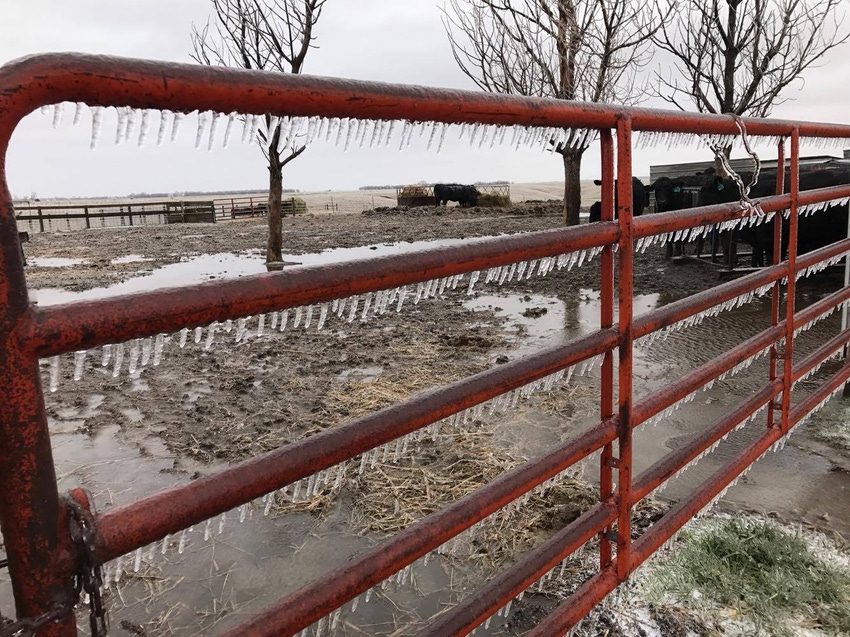Avoid early grazing & do these 3 things instead
Don’t damage early spring growth on pastures by grazing too soon. Instead, focus on these three tasks until your summer grass is more established.
April 10, 2017

Over the weekend, we had hints of summer weather and we kept busy outside tackling odds and ends projects around the ranch. With the sun beaming down on us, we even had to apply sunscreen! Needless to say, the warm weather was more than welcome.
However, I know Mother Nature is fickle, and just as we started envisioning pairs on summer grass, Monday brought freezing rain, snow and wind. The gloomy cold weather reminded me that we’re still months away from the grazing season, and even though it can be tempting to turn out early, it’s best to avoid it until you see plenty of growth in the pastures.
Victor Shelton, NRCS Indiana state agronomist and grazing specialist warns producers about the dangers of removing plants’ solar panel by grazing too early.
In a recent article for the Ohio State University Beef Cattle Letter, Shelton writes, “Grazing too early in the spring does nothing but remove the solar panel the plants need to start building sugars and growing new roots. The forages really need to be able to canopy and get a good start before animals start removing that new growth, otherwise production will be reduced.”
While you wait for the appropriate time to move pairs to grass, Shelton suggests doing these three things first — feed, fertilize and fence.
1. Feed
Shelton writes, “I know sometimes the hay is not the best quality, but it’s better to supplement poor hay and keep feeding it, if available, than to start grazing too early. If it was grazed down close before, especially if grazed down before going dormant last fall, then you don’t want to graze it close again, just utilize it in the normal rotation. Fields that were grazed down tight last fall or over winter as stockpiled forage will not have adequate amount of standing dry matter, and will for sure not be the best fields to start grazing early anyway.
“Fields that do not have adequate dry matter to go along with that lush new growth will need to be supplemented to keep the animals in balance. This is a good time period to put out some low quality hay, baled corn stalks or even straw; if they need it, they will eat it.”
2. Fertilize
“Now is a good time to get those soil tests done,” suggest Shelton. “It is extremely difficult to maintain a stand of quality forages that will produce quality, nutritious feed without adequate soil fertility levels. Just like an annual field crop, your forage crop needs to be fertilized and managed. Once the field is to moderate or better levels of fertility, it is easy to maintain it there if it is only used for grazing. Any mechanical removal removes nutrients that will have to be replaced. Graze as much as you can and hay as little as you can, especially land that is hard to get fertilizer equipment on.”
3. Fence
Shelton says, “This is normally one of my favorite times of the year to build fence. We often get nice breaks in the weather, so not too hot or cold and soil conditions are usually very good for pounding posts. If you are in the early stages of doing some divisions and want to keep some flexibility, then utilize longer linear fences dividing bigger areas into longer narrower fields which can be easily subdivided down with temporary fence into whatever size is needed or cut for hay if that is what you want or need to do.”
To read the entire article, click here.
The opinions of Amanda Radke are not necessarily those of beefmagazine.com or Penton Agriculture.
About the Author(s)
You May Also Like





